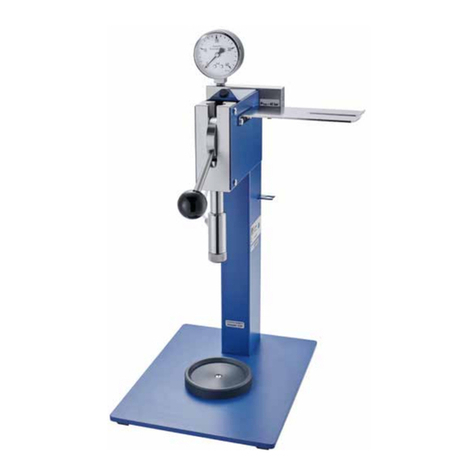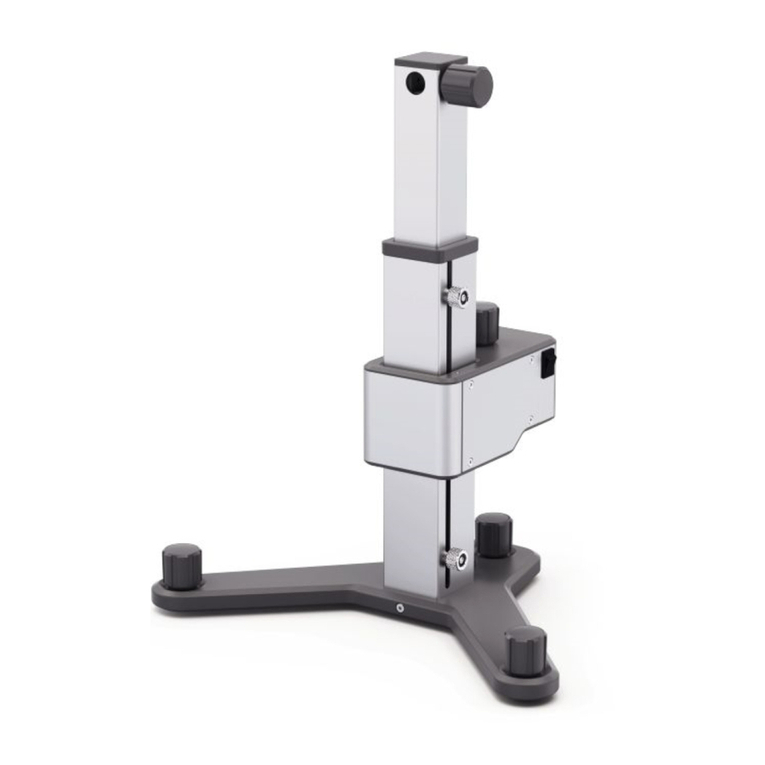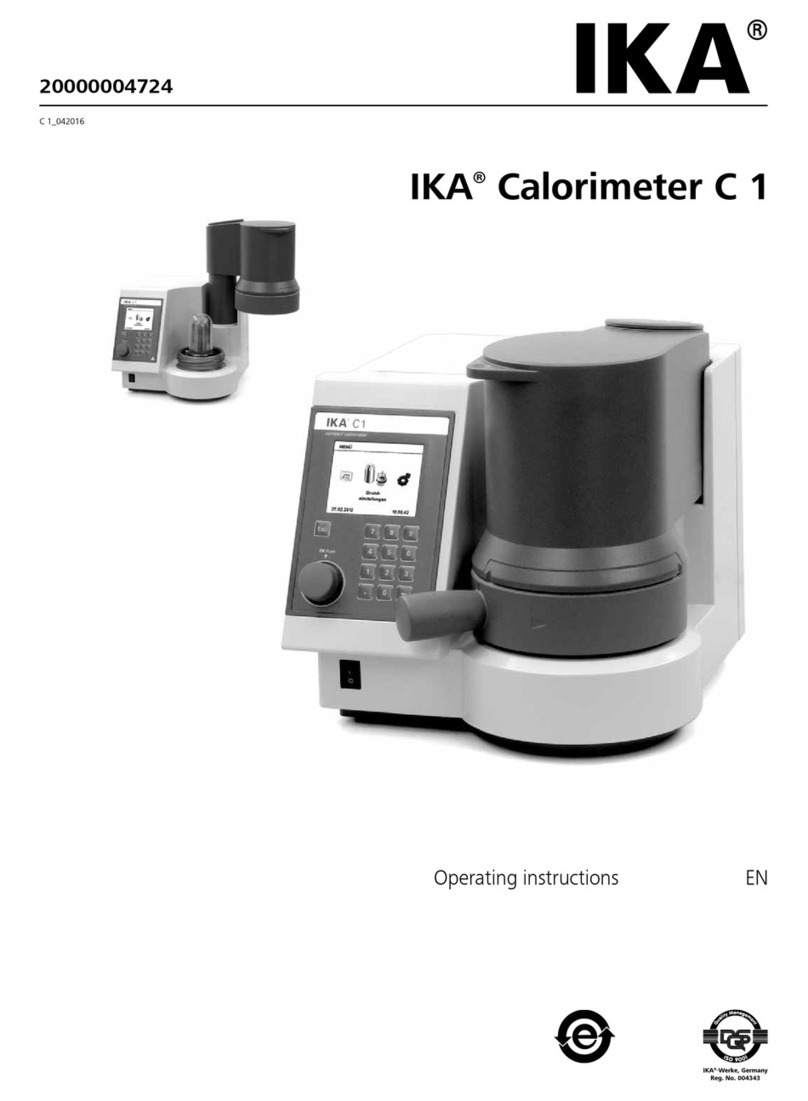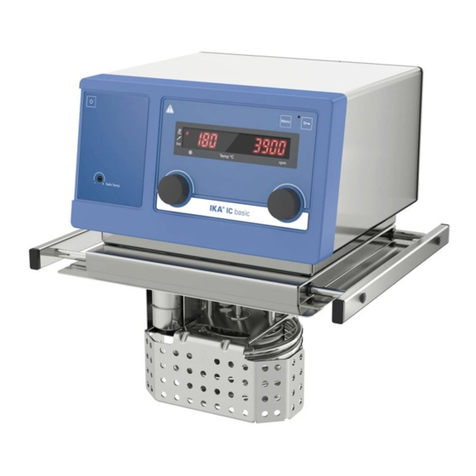Maintenance
DANGER If the maintenance, and especially
the pressure testing, is not per-
formed or is performed incorrectly,
there is a risk the decomposition
vessel may burst or an uncon-
trolled internal fire may occur at
the electrodes which could burn
away the seals (oxyacetylene torch
effect), thus posing a risk to life
and limb.
NOTE We recommend that you send the
pressure vessel to our factory for
inspection, and if necessary, repair
after 1000 tests or after one year
or sooner depending on use.
• The declaration of conformity becomes invalid if mechanical
modifications are carried out to the experiment autoclaves or
if tightness can no longer be guaranteed as a result of major
corrosion (e.g. pitting by halogens).
• Perform servicing work only when the equipment is
depressurised.
• Tubes and screwed joints for oxygen, and all seals on the
decomposition vessel must be kept free of grease.
• The condition and function of the seals must be checked and
ensured by way of a leakage test.
• In particular the threads on the pressure vessel and the union
nut are subject to considerable stress and must therefore be
checked regularly for wear.
• To prolong the life of wearing parts (o-rings, seals, etc.) we
recommend that you always work with a water trap in the
decomposition vessel.
• Contact the IKA Maintenance Department to perform the
pressure test. Comply with the safety instructions in this
respect.
• If the appliance is not going to be in operation for a long
period of time, it is advisable to completely empty the
calorimeter's water circulation. Likewise, the water must be
drained out before transportation.
• Please observe the maximum energy input in the decomposi-
tion vessel (Chapter “15 Technical data”).
• Decomposition vessels are experiment autoclaves and must
be tested by a technical expert after every use.
• Individual use is understood here to include a series of experi-
ments performed under roughly the same conditions in terms
of pressure and temperature. Experiment autoclaves must be
operated in special chambers.
• The decomposition vessels must undergo repeated tests (in-
ternal tests and pressure tests) performed by the technical
expert. The frequency of these tests is to be determined by
the operator on the basis of experience, type of operation
and the material used in the decomposition vessel.
Pressure vessel
CAUTION Only technical experts may
perform pressure tests and
maintenance work on the
pressure vessel.
• National directives and laws must be observed for
operating pressure vessels!
• Anyone operating a pressure vessel must keep it in a
proper condition, operate it properly, supervise it, carry
out the necessary maintenance and repair work immedi-
ately and implement the safety measures required in the
circumstances.
• Pressure vessels must not be used if they have defects
which could pose a risk to staff or third parties.
Permitted media
DANGER If the burning behaviour of a
material is unknown, it must
be tested before combustion
in the decomposition vessel
(risk of explosion).
Benzoic acid may only be
combusted in its pressed form!
Flammable dust and powder
must be first pressed. Oven-
dry dust and powder such as
splints, hay, straw etc. explode
when combusted! Always wet
these materials first!
WARNING
Highly flammable liquids with
a low vapour pressure (e. g.
tetramethyl dihydrogen
disiloxane) must not directly
touch the cotton thread!
NOTE When burning substances
containing metals, ensure that
the total energy input is not
exceeded.



































